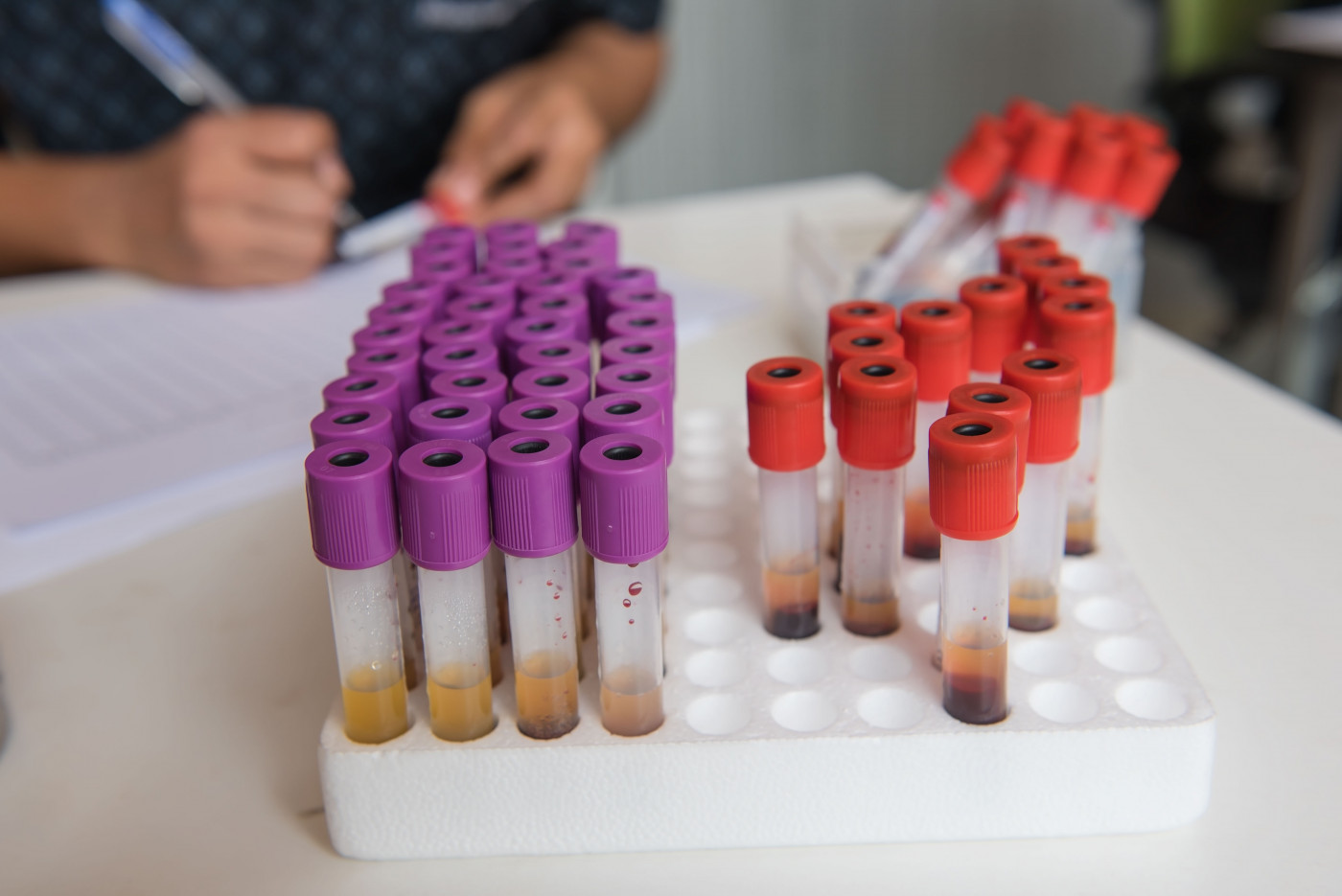Stress-induced Protein May Serve as New SMA Biomarker in Infants
Written by |

Blood levels of a stress-induced protein are significantly higher in young spinal muscular atrophy (SMA) patients and associate with levels of a nerve cell damage biomarker, a study shows.
These findings from untreated SMA patients suggest that this protein, called heat shock 70kDa protein 7 (HSP70B), may be a useful biomarker to track disease progression early in life.
However, more studies are needed to clarify its usefulness and determine whether this protein may also be used to assess responses to treatment, the researchers noted.
The study, “Increased systemic HSP70B levels in spinal muscular atrophy infants,” was published in the journal Annals of Clinical and Translational Neurology.
SMA is caused by mutations in the SMN1 gene, which impair the production SMN, a protein essential for the health of motor neurons, the specialized nerve cells that control voluntary movement. SMN deficiency leads to the progressive death of motor neurons and to muscle wasting and atrophy.
In the last five years, three therapies that can slow or even halt motor neuron loss and improve motor function — Biogen’s Spinraza, Novartis’ Zolgensma, and Roche’s Evrysdi — have become available.
With this emergence of disease-modifying treatments and increasing efforts to add SMA to the list of conditions for newborn screening around the world, “identifying novel biomarkers to detect and monitor evidence of disease activity early in life is critical,” the researchers wrote.
“The lack of circulating biomarkers to track SMA progression and therapeutic consequences continues to impair our ability to ensure the best outcomes for SMA newborns,” they added.
Higher levels of neurofilaments, major structural proteins of neurons, are indicative of nerve cell damage and have been suggested as potential prognostic and treatment response biomarkers in a number of neurodegenerative conditions, including SMA.
Biogen and researchers at the Massachusetts General Hospital’s Center for Genomic Medicine, in Boston, set out to identify new biomarkers to predict and track SMA severity early in life by analyzing blood samples from untreated patients under age 2 and age-matched healthy controls.
The children’s demographic information, clinical data, and blood samples were retrieved from the SPOT SMA Longitudinal Pediatric Data Repository (NCT02831296) database and linked biorepository.
Launched in 2016, SPOT SMA seeks to enroll and follow 1,000 SMA patients under age 3 and their healthy siblings for up to 10 years to collect and analyze longitudinal data that may help improve care in this patient population.
The first analysis assessed potential differences in genetic activity between five infants up to 1 year of age with SMA type 1, a severe form of the disease, and five age-matched unaffected infants (who served as controls).
Results showed that 206 genes exhibited significantly different activity between SMA patients and controls. Among the five genes with significantly higher activity in type 1 infants, HSPA7 was the only gene active in all evaluated children and consistently more active in all SMA patients.
A different method of measuring gene activity also validated these findings, showing 2.7 times greater HSPA7 gene activity in SMA patients than in controls.
The HSPA7 gene provides the instructions to produce HSP70B, a type of heat shock protein (HSP). HSPs are involved in the correct folding, transport, and degradation of proteins, and their production is induced by cellular stress and DNA damage.
The researchers then measured HSPA7 gene activity in 22 other SMA patients up to age 2: six newborns who had not yet experienced symptoms, six infants with type 1 disease, eight with SMA type 2, and two with type 3 disease. SMA type 2 and 3 disease are later-onset, milder forms of the disease.
Data showed that infants with type 2 and 3 disease had significantly higher HSPA7 gene activity than pre‐symptomatic newborns, suggesting that this gene may be a marker of SMA progression.
In addition, analyses of blood samples of 37 other SMA infants under 1 year, who also had available data on neurofilament levels, showed that there was an association between neurofilament and HSP70B levels in the blood.
Infants with high neurofilament levels had significantly higher HSP70B protein levels, compared with those with low neurofilament levels.
SMN is involved in gene splicing, a process that removes dispensable pieces of information and joins those containing the information necessary to build a protein, as in a puzzle, to form an intermediate molecule that allows the production of a functional protein.
Given that SMN deficiency can affect gene splicing and trigger global DNA damage and stress responses, the team hypothesized that increased HSP70B levels in infants with SMA are the result of a cellular response to DNA damage.
However, the researchers noted that it is also possible that HSP70B production may instead be triggered by the progressive muscle damage seen in these patients.
The study identified, reportedly for the first time, HSP70B “as a novel candidate biomarker to track SMA progression in the first year of life, indicating that its circulating protein levels are associated with [neurofilament] levels in SMA newborns and infants.”
The researchers noted that they will include blood HSP70B level measurements in their routine analysis of SMA patients to collect longitudinal follow-up data and assess the effects of disease-modifying therapies. They also encouraged other scientists to do the same.






